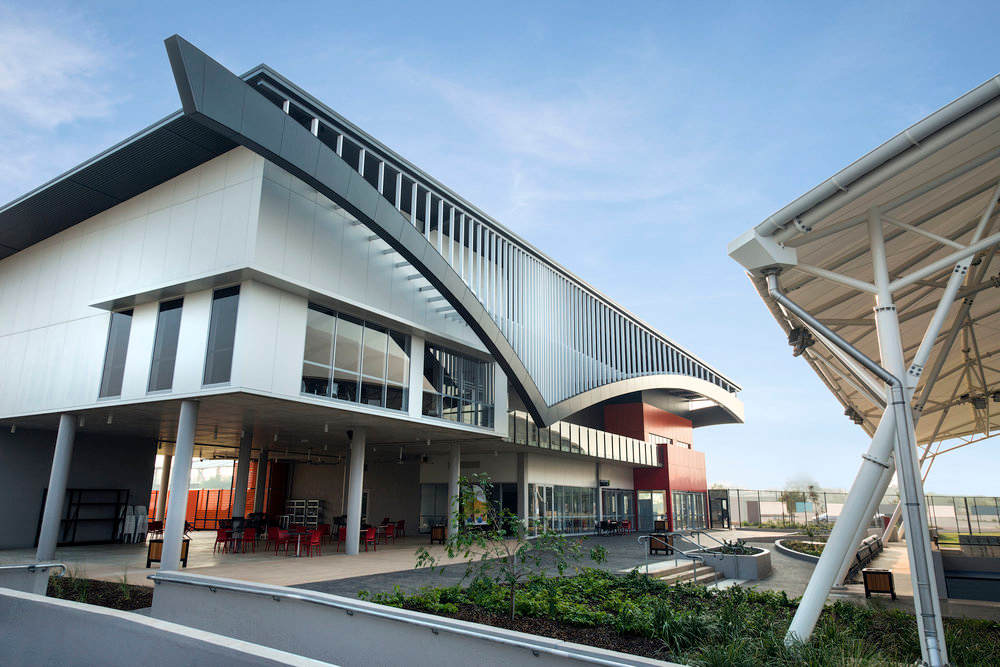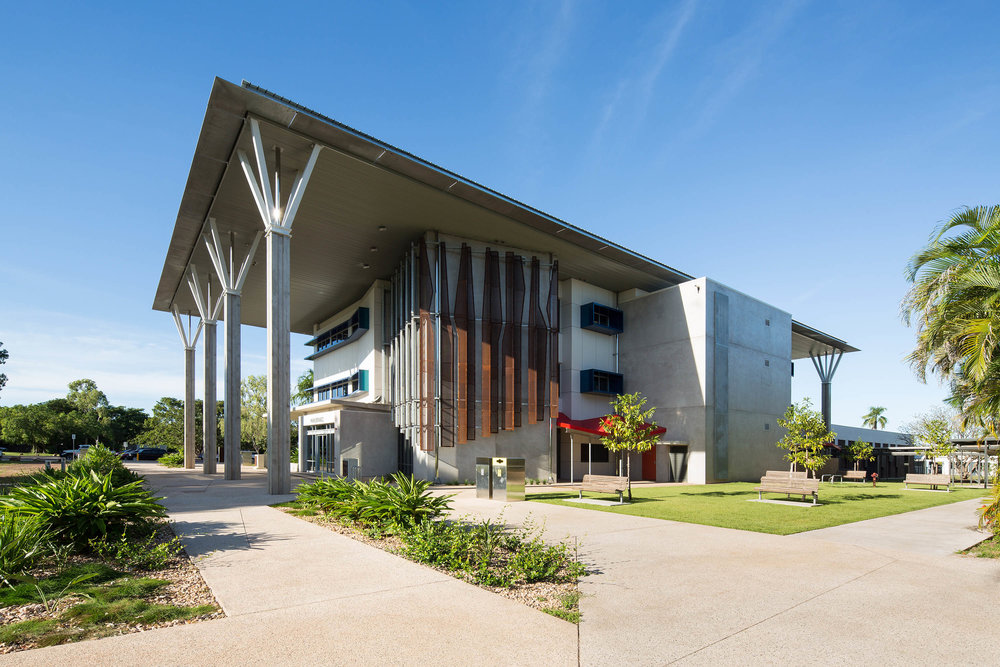Emerging Australian Architectural Firm Moves Global
International design practice MODE has continued to expand its footprint with projects across Australia, New Zealand and Asia.
The established architecture firm, still operating with its first generation leaders for over 25 years, now boasts 10 studios and over 150 staff delivering world-class multidisciplinary outcomes for clients and partners.
The design firm was founded in 2005 as a result of the significant growth of Rhonan O’Brien Architects and Designers Pty Ltd – which was founded in 1991.
O’Brien, MODE’s now managing principal, invited Robert McCray and Peter Bertram, to become co-directors within the new business entity – MODE Design.
Following the establishment of the new business, Wayne Jackson and Trevor Barker came on as directors in 2012, as a result of the merger with Codd Stenders Pty Ltd.
Today, MODE offers expertise across five key design disciplines - Architecture, Master Planning and Urban Design, Landscape Architecture, Interior Design and Graphic Design, and provides multidisciplinary services from all 10 studios throughout Australia, New Zealand and Vietnam.
“MODE today still represents the ideals of our early beginnings,” O’Brien said.
“We focus on relationship building as much as we do design and delivery, and recognise the importance of providing localised support to our clients and partners, while being able to offer knowledge, expertise and capabilities of an international firm.”

The work of the first decade established the key principle that aimed to set MODE apart from other architecture firms.
Projects offering flexible and innovative design concepts of a high standard, for exceptional value for money, were delivered through a unique process referred to as Innovation Capitalisation (IC).
These designs were not whimsical and of current idioms but socially, economically and environmentally sustainable, providing an educational platform at every opportunity by using local knowledge and presence overlaid with local, national and international expertise.
MODE created a union to ensure that all elements of their designs incorporate not only architectural excellence, but also incorporate and communicate the quadruple bottom line of broader economic, social, environmental and educative benefits associated with the firm’s innovative design outcomes.
Embracing the needs of a rapidly changing world, the firm is at the forefront of research and consideration for how projects are received within communities and environments, and how projects can be optimised through collaborative efforts.
The practice embodies a history of established relationships through staff continuity, stability and success. With the IC framework approach, MODE’s clients have guaranteed outcomes that value add to their communities, their partners and within their own organisation.

“A review of our most successful projects over a 10-year period has allowed us to develop IC in such a way that we are able to identify missed opportunities in all projects and take a more considered approach,” MODE Advisory director Wayne Jackson said.
“This allows for better communities through unique and innovative design.”
As the practice’s reputation grew, delivering projects across a wide range of sectors and for a broad client base also increased.
MODE opened further studios in Sydney, Sunshine Coast, Darwin, Gold Coast, Melbourne, Cairns, Perth, Auckland and Ho Chi Minh City to allow for a wider breadth of projects.
The firm has now delivered a spate of projects across multiple asset classes including multi-residential housing, community services, education facilities, law and order, health and aged care, defence, industrial, hospitality, commercial and retail, aviation, transport and infrastructure; and providing design ingenuity in remote, rural and tropical locations.
Some of the company’s most influential and highly-awarded architectural projects include the Bullocky Point Education Precinct in Darwin, a $700 million Corrections & Treatment Facility in Waikeria, the six-star Green Star EDGY building at the University of Southern Queensland, the world class Marrara Tennis Centre in Darwin and the $230 million Education PPP project for the WA government.
MODE has seen exceptional growth over the past 12 years having completed two of their six-year planning phases and unlike other firms, is still within its first generation of leadership. The next six-year phase will see a shift in the past strategy to embrace generational change at the top of the firm and reflect the changing economic conditions across Australia, New Zealand and Asia.
The second generation of leaders have identified that re-establishing the importance of multidisciplinary designers and innovative thinking in the delivery of high-quality, functional and responsible built environments will be a key focus for them going forward.
“MODE have continued to identify within the practice new leadership including several current Directors, Associate Directors, Associates and Studio Managers, and the future looks bright,” Jackson said.
The Urban Developer is proud to partner with Mode Design to deliver this article to you. In doing so, we can continue to publish our free daily news, information, insights and opinion to you, our valued readers.














